From simmering geopolitical tensions to soaring energy costs and staff shortages, the challenges faced by businesses in recent months have been complex and interlinked, and procurement has a key role to play in tackling this “polycrisis”.
At Procurement Leaders, we’ve been seeking out the community’s insights into how they’re dealing with these challenges and how they see things panning out in the months to come. Here are just some of the insights we’ve uncovered.
1. Executive teams increasingly recognise the importance of procurement
If there’s a silver lining to the polycrisis, it’s that procurement finally has a seat at the table. Since the outbreak of Covid-19, the function has been called upon to ensure continuity of supply, source essential safety equipment, tackle the challenge of soaring prices and ensure that logistics routes continue to flow.
“The last couple of years have really shown businesses the value of procurement – and not just as a purchasing function/PO function, but the strategy of procurement and the value we bring in managing risk,” said Nestlé CPO Patricia Stroup.
“The executive team has acknowledged the procurement team’s work in keeping product on the shelf, managing cost and managing inflation. I don’t think this is just Nestlé, this is across the board.”
Find out more about how Nestlé is tackling the polycrisis
2. Amid competing priorities, cost remains key
With procurement being asked to deliver on so many fronts, it’s perhaps no surprise that the function is now seen as much more than about reducing costs. Procurement Leaders’ Strategic Planning Guide 2023 found that, for the first time ever, cost was not considered to be the function’s most important priority – coming a close second behind reducing supplier risk.
But with volatile economic headwinds to contend with, it’s clear that the function’s traditional purpose remains vital.
In the words of CME Group CPO Chuck Hatsis: “Cost is never going to go away in our function. We as a community may not like it, but in terms of how our CEO or our organisation looks at our function, it’s still highly important and largely how we are evaluated. It’s always going to be sexy to save money. The question is: what are the other areas on which we can focus?”
3. Hiring freezes risk jeopardising procurement’s ambitions
From risk management to supplier diversity and digital transformation, procurement’s role is increasingly multifaceted and many CPOs are looking to expand their teams to deliver on these ambitions.
A procurement pulse survey carried out by Procurement Leaders in November found that 50% of CPOs plan to increase their function’s headcount, with just 14 planning to make cuts.
Those plans could be frustrated by the increasingly fraught economic climate, however. With fears of an economic downturn around the corner, companies around the world are imposing hiring freezes and cutting jobs to keep their finances in check.
Read more about the function’s battle for resources
4. Procurement teams are diving deeper across multiple tiers
Looking at the risks afflicting your suppliers and their suppliers is no longer a sufficiently rigorous approach to risk management. Procurement teams are increasingly tracking the status of suppliers across several tiers of the supply chain, as exemplified by satellite service provider Inmarsat.
Tim Snow, Inmarsat’s VP of procurement, commercial contracts and insurance, told Procurement Leaders: “Two years ago, driven by component shortages we had to start looking all the way down the supply chain – we go as deep as Tier-7 now – so we understand where to pinpoint risk.
“Often the smallest, cheapest little thing – a 20-cent chip – can prevent us from launching a satellite and earning billions of long-term revenue. So, we need to understand how we can mitigate them and the strategies we can employ in that mitigation.”
Watch the full conversation with Tim Snow
5. Understanding input costs is key to tackling inflation profiteers
With the soaring of energy driving up the price of numerous other inputs, procurement is under a great deal of pressure to keep increases to an absolute minimum. But there are signs of some companies taking advantage of the situation.
Some 71% of those who responded to a Procurement Leaders pulse survey said they had witnessed forms of “profiteering” or “opportunism”, with suppliers hiking prices to an unnecessary degree. A detailed understanding of suppliers’ own input costs is vital in fighting back against this at the negotiation table.
A procurement practitioner at one real estate company shared how they are asking suppliers to provide detailed evidence of where they have experienced cost increases and to what extent these have impacted output costs.
They added: “We have also cautioned suppliers that where we become aware of an attempt to profiteer from the current inflationary environment, we will be less inclined to continue to work with them in the future.”
6. Strong relationships are vital
Those functions that enjoy strong relationships – both with suppliers and with cross-functional colleagues – have been better positioned to weather the storm, as chemicals giant DuPont has proved.
In a conversation with Procurement Leaders, CPO Miguel Gonzalez shared how his team’s close relationships with suppliers had allowed it to cope with the challenges of logistics, security of supply and inflation.
“On the other side, is the very deep relationship integration with the businesses and the commercial teams,” he added. “All my procurement leaders sit within the business – not in procurement. They are part of the leadership teams and they report to the individual presidents. So that gives us insight and helps us educate and provide information that will help them.”
Watch the full interview with Miguel Gonzalez
7. China’s global manufacturing dominance is unlikely to be threatened anytime soon
Geopolitical tension between the US and China, along with Russia’s invasion of Ukraine – which has led commentators to draw parallels with a potential Chinese invasion of Taiwan – have prompted many western corporations to reconsider their reliance on Chinese manufacturing.
Some have already begun shifting their supply chains to other countries in the same region, such as Indonesia or Vietnam, or in some cases looking even closer to home. But with its status as an economic superpower now well-cemented, Chun-Yi Lee, director of the University of Nottingham’s Taiwan Studies programme, poured cold water on suggestions of an economic “decoupling” in the near future.
She told Procurement Leaders: “With low-end assembling work with cheap labour, other east Asian countries can be a good alternative. But if we are talking about the high-end assembling work with more skilled labour, China has a clear advantage. As far as I can see, it is not going to be easy to completely abandon China as a supply base – it might even be impossible.”
8. Collaboration supports strides in ESG
With boards increasingly putting environmental, social and governance (ESG) initiatives at the top of the agenda, procurement has an important role to play here. But success in this area cannot be achieved in a silo and there is growing recognition that industries need to work together to define and implement standards.
For example, AstraZeneca is one of 10 companies to sign up to Energize, a scheme led by Schneider Electric to encourage the use of green electricity throughout the pharmaceutical value chain.
CPO John Dixon said: “It’s critical that the organisations that tend to use the same suppliers are connected in terms of how we communicate to that supply base, that we help them to understand because, often, they’re concerned about funds or they don’t know how to navigate the impact of dealing with the top-10 pharma companies. It’s an absolute imperative for us to work collaboratively across the sector.”
9. Cyberattacks remain a pervasive threat
New research shows that 98% of businesses have a relationship with a company that has been hit by a cyberattack and more than 50% have an indirect relationship with more than 200 fourth parties (their suppliers’ suppliers) that have been breached.
With attacks only getting more sophisticated, this highlights the vital role that procurement needs to play in helping guard against these attacks.





















